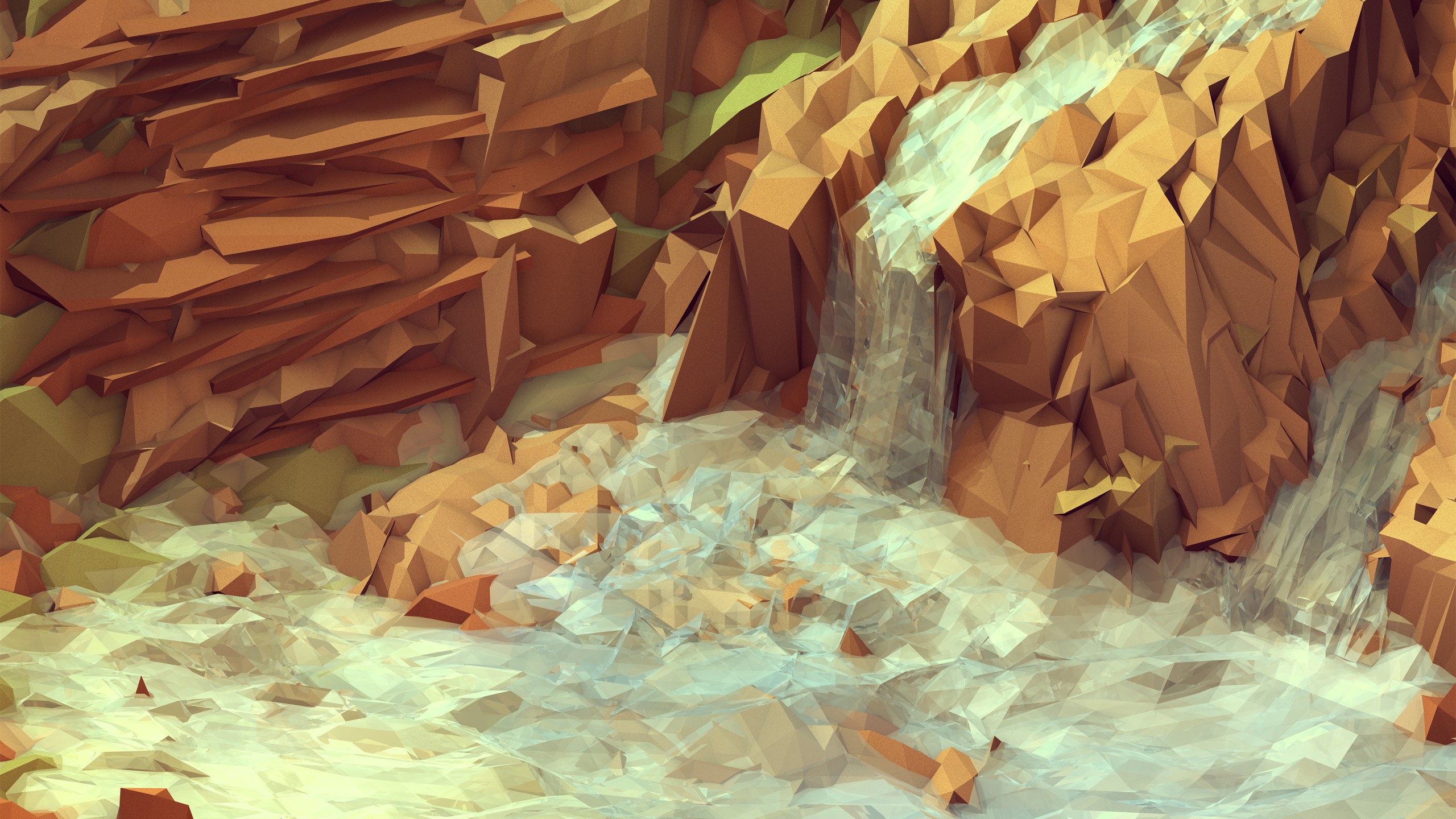LE6

Welcome to Learning Event 6 (#LE6) 🎯
Moving Across Screens 🌟
Learning Event 6 focuses on the challenges and opportunities of teaching, learning, and assessment as we increasingly move across screens. The Internet has reshaped what we consider "text," expanding it to include multimodal forms like images, video, and audio.
Why It Matters
Texts are no longer limited to print. Digital spaces now blend traditional text with images, video, audio, and other media. Educators must:
- Help students navigate, critique, and synthesize multimodal content.
- Embrace new media to connect course content with real-world contexts.
- Recognize that literacy is social, cultural, and political, and teach students to interrogate texts critically.
Focus
Multimodality is an interdisciplinary approach to communication that acknowledges how meaning is made through diverse modes (e.g., audio, visual, and textual). Each mode has unique affordances, enabling distinct ways of meaning-making.
For example:
- A YouTube video can demonstrate concepts visually, while a podcast emphasizes auditory details.
- An infographic condenses complex information into digestible visuals, whereas a text-heavy document provides in-depth explanations.
Educators must guide students in understanding these modes and the contexts and ideologies embedded in multimodal texts. Critical literacy asks students to question texts:
- Who created the text?
- Who holds power, and who is excluded?
- What values and assumptions underlie the text?
READ 📖
-
Multimodality and Digital Technologies in the Classroom – Carey Jewitt
“This chapter explores how digital technologies reconfigure classroom pedagogy, particularly through multimodal perspectives.” -
Engaging Students Through Multimodal Learning Environments – Michael Sankey, Dawn Birch, Michael Gardiner
“Educators should explore educational technology and multimedia to develop multiple representations of content, fostering lifelong learning.” -
Multimodal Communication in the University – Gwendolynne Reid et al.
“Multimodal communication leverages various modes (e.g., speech, images, video) to enhance learning and engagement.”
WATCH 🎥
- Gunther Kress on What Is Multimodality? (10:24)
- Cope & Kalantzis on Multimodality in Meaning Making (12:23)
- Cope & Kalantzis on Design & Multimodality (8:13)
DISCUSS 💬
How can multimodal texts enhance learning in your course(s), and what challenges might arise in integrating them?
DO ✍️
Engage Students in Multimodal Meaning-Making
Provide opportunities for students to create and interact with multimodal content as evidence of knowledge construction.
Self-Check:
Learners engage with multimodal texts in diverse ways, such as:
- Writing summaries of lectures, videos, or readings.
- Taking pictures of notes, slides, or brainstorming sessions.
- Creating audio or video recordings of their reflections or discussions.
Encourage students to:
- Use pre-existing resources (e.g., videos, digital texts, images) to supplement learning.
- Produce their own multimodal content to demonstrate understanding.
- Reflect on the ideological and cultural contexts of the texts they engage with.
Share Your Work!
We’d love to hear how you applied this Learning Event in your courses. Email us at hello@digitallyliterate.net to share your experiences!